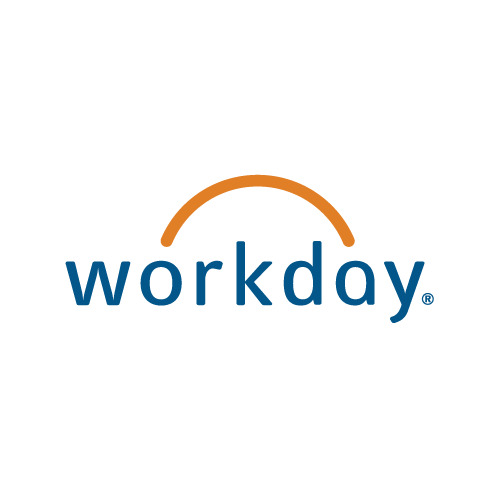When you are tasked with teaching new hires about Workday®, it’s a thrilling experience as well as a stressful one. On one hand, you’re able to reach out to the new employees and give them the tools they need to succeed while also moving the organization forward. On the other, it’s a stressful time where you can end up being frustrated as to the lack of progress that people are making. Some people blame themselves while others blame the new hires themselves. Either way, it’ s not a productive way to spend your day.
On resistance to change, a Gartner report states:
It is human nature to shift this discomfort to the new system, assuming that it is inhibiting their job, rather than recognizing the elimination of problems they had with the old system. Since most users won’t be actively reminding themselves of the improvements they get with the new system, someone else needs to make the improvements visible.
Thankfully, there are some great strategies out there that you can use to cut down on frustrations and the time you spend training new hires. Here are 5 ways that you can ensure you new hires are proficient with Workday® in the shortest time span possible.
1. Use Your Vendor’s Resources
Vendors want you to use their product, and you can increase a user’s Workday® knowledge tremendously by using the resources that they give you. Educators are aware of the fact that people only remember about
50% of what they learn in class, and that’s why they hand out so many materials. Be sure that you take advantage of the resources that are already there for you, they’ll make your day much easier.
2. Remember Learning Styles
Do you remember when teachers used to tell you how there were different learning styles? Well, that hasn’t changed. There are some people that love to read about things while others are more hands-on. By catering to as many different learning styles as possible, you’ll be able to increase the retention rates of your new hires. Don’t just assume that a classroom setting is the best for everyone, as you might learn that you have more people that learn by doing than just seeing. Accommodate for your learners and cut down on time spend repeating the same information over and over.
3. Train for the Organization
While you are training your new hires to be proficient with Workday®, you are also training them to be essential assets to your organization. Don’t forget what the company needs and teach according to those needs. If you are helping the company move forward, you’ll be able to further justify the need for you to train these new hires.
4. Use a Training Database
It would be very difficult for you to learn about a system and navigate it without actually using it. Since this can be an issue, you should consider using a training database if you have access to one. You can let the new employees explore the framework and understand how everything works together. This one step can drastically change how much is retained during the training session because the users are not just seeing you move the mouse cursor around.
5. Keep Training!
There will be times where changes are made to Workforce, but your users may not be aware of the additions and tweaks if you don’t tell them about it. You need to make sure that you never stop training your teams. It’s suggested that you retrain your teams at least once a year. Studies have shown that knowledge leakage due to employee attrition can be as high as
25%, so make sure your teams are aware of changes and know what is required of them.
Gartner recommends relevant follow-up training several weeks after Workday® is implemented.
Gartner analyst, Michael Guay writes that:
In 1885, German psychologist Herman Ebbinghaus conducted a landmark study and coined the term “forgetting curve.” He found that when people are exposed to an idea one time, after 30 days they retain only about 20% of what they learned. That explains why so much training doesn’t stick, and why companies are throwing a staggering amount of money down the drain. However, when training is reinforced, employee competency levels rise even higher. When training occurs repeatedly, retention continues to rise. This is the answer to why most training doesn’t stick — lack of follow up.
Conclusion
When you have all of the elements together, you’ll be able to train most of your new hires and make them proficient in no time. Take advantage of the tools that you have and encourage learning for everyone, no matter how long they have been with the organization.

